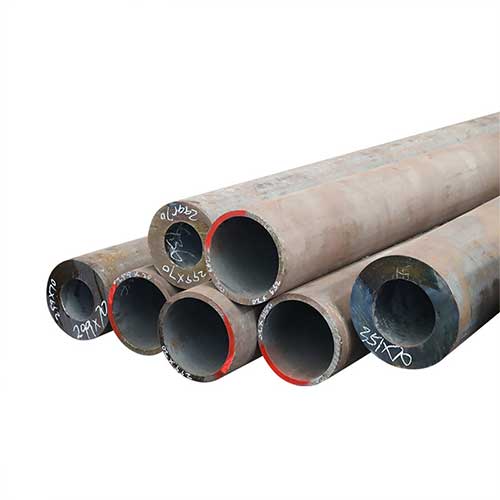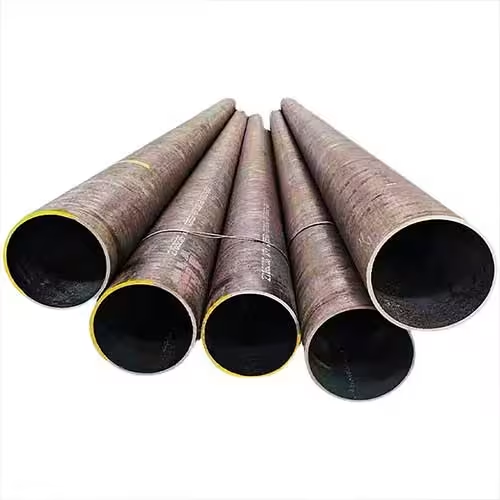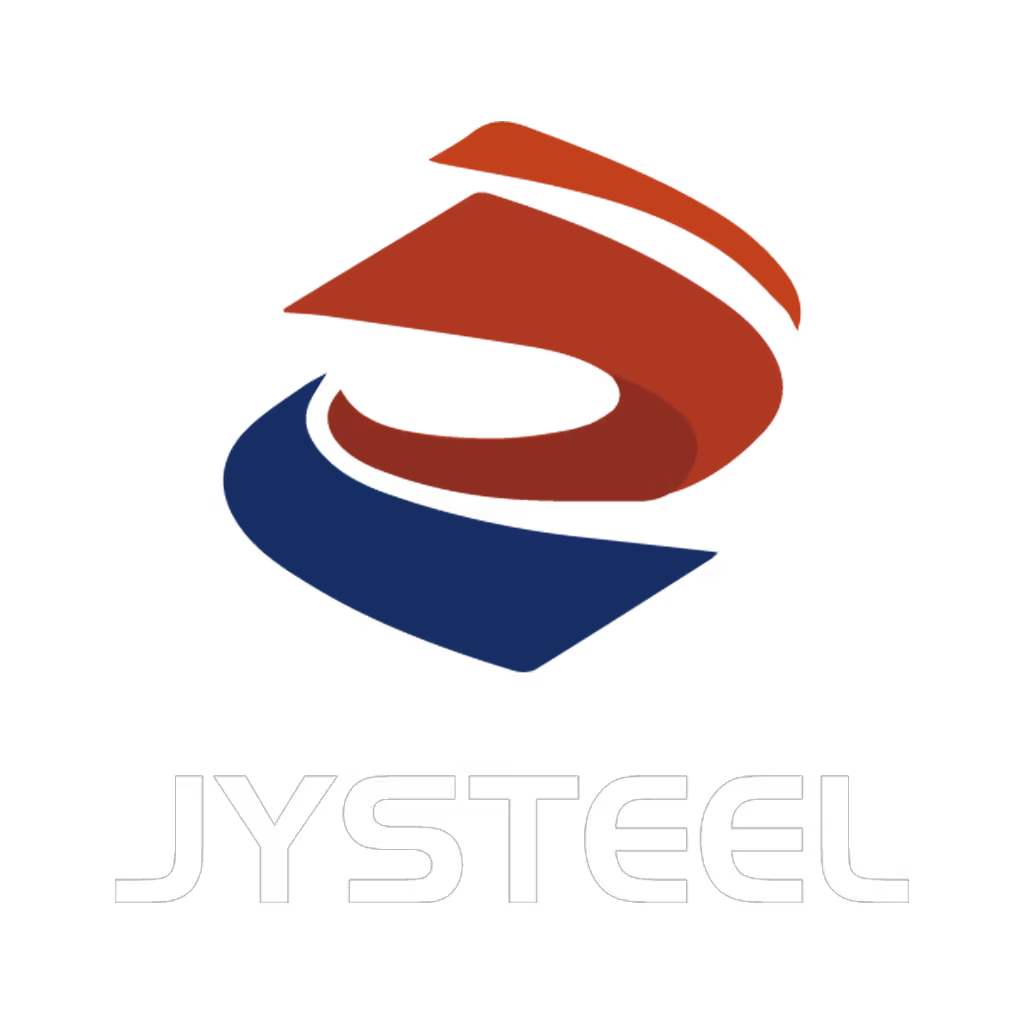Welcome to My Blog!
Before we dive into the content, I’d love for you to join me on my social media platforms where I share more insights, engage with the community, and post updates. Here’s how you can connect with me:
Facebook:https://www.facebook.com/profile.php?id=61565500692293
Now, let’s get started on our journey together. I hope you find the content here insightful, engaging, and valuable.
Table of Contents
Introduction
If you’ve ever looked into how boilers work in industrial environments, you’ve likely come across the term “boiler tube.” But what is boiler tube exactly? These components are more than just metal cylinders—they are crucial to the entire heat transfer process that powers industries such as energy production, petrochemicals, and heavy manufacturing.
This guide will help you fully understand what boiler tubes are, what they do, how they’re made, and where they are most commonly used. Whether you’re a facility operator or just curious, you’ll walk away with the key facts.
What is boiler tube: Definition and primary roles

At its core, a boiler tube is a specially manufactured tube designed to carry fluids or gases under high pressure and temperature within a boiler system. Depending on the boiler design, these tubes may carry steam, water, or hot gases.
There are generally two types of boiler tubes:
- Water-tube boiler tubes: Water flows inside the tubes while hot gases flow outside.
- Fire-tube boiler tubes: Hot gases pass through the tubes, which are surrounded by water.
Boiler tubes are used in high-temperature environments and need to handle extreme pressure without deforming or failing. Their main purpose is to transfer thermal energy and generate steam or hot water efficiently.
Different types of boiler tubes and where they are used
The variety of boiler tube designs reflects the wide range of applications they support. Here’s a comparative look at common types:
| Boiler Tube Type | Key Function | Common Applications |
|---|---|---|
| Water-tube | Handles high-pressure steam inside the tubes | Power plants, large-scale industries |
| Fire-tube | Gases pass through tubes, heating surrounding water | Small-scale heating systems |
| Superheater tube | Heats steam beyond its saturation point | Steam turbines, energy facilities |
| Economizer tube | Preheats water before it enters the boiler | Fuel-efficient heating systems |
| Stay tube | Offers structural reinforcement | High-pressure boiler units |
Each type of tube is engineered for a specific function, contributing to overall boiler performance and longevity.
Materials used in boiler tubes and why they matter
The selection of materials for boiler tubes isn’t random—it’s based on operating pressure, temperature, and corrosion resistance requirements.
Here are common materials:
- Carbon steel: Best for low-to-moderate temperature and pressure levels.
- Alloy steel: Contains elements like chromium and molybdenum to improve strength and heat resistance.
- Stainless steel: Offers superior corrosion resistance, making it ideal for harsh chemical environments.
- Nickel-based alloys: Used in extremely high-temperature environments, especially in superheaters.
Choosing the right material is critical. Poor choices can lead to failures, downtime, and even safety risks. Each material is evaluated for thermal conductivity, fatigue strength, and oxidation resistance.
Standards, manufacturing methods, and design specifications
Boiler tubes must meet stringent engineering standards. They are usually seamless, as this eliminates potential weak points. Standard codes often followed include ASTM, ASME, and other internationally recognized engineering benchmarks.
They are typically produced using hot or cold rolling methods, followed by heat treatment to enhance mechanical properties. Wall thickness, diameter, and length are all precisely controlled.
Key design considerations include:
- Resistance to thermal fatigue and oxidation
- Adequate mechanical strength at high temperatures
- Efficient heat transfer properties
Tubes are usually arranged in bundles or coils depending on the boiler design, and are strategically placed to maximize thermal exchange while minimizing space usage.
Common issues and maintenance of boiler tubes

Even the best boiler tubes can fail if not properly maintained. Understanding potential problems can help prevent system downtime and costly repairs.
Typical problems include:
- Scaling and fouling: Reduces heat transfer efficiency.
- Corrosion: Occurs due to poor water treatment or environmental conditions.
- Erosion: Caused by high-velocity particles or fluids.
- Thermal fatigue: From repeated heating and cooling cycles.
Routine inspections using non-destructive testing (NDT) methods such as ultrasonic testing or radiography can identify internal flaws before they lead to failures.
Conclusion
Boiler tubes play a critical role in heat generation and energy efficiency across various sectors. They are designed to handle high stress, extreme temperatures, and corrosive environments—all while maintaining structural integrity and operational efficiency.
If you’re looking for professional support in sourcing reliable boiler tubes or need help with your system’s configuration, don’t hesitate to contact us. We’re here to help optimize your operations with tailored solutions.
FAQ
What is boiler tube used for?
Boiler tubes are used to transfer heat to water or steam in power plants, heating systems, and industrial boilers.
How are boiler tubes different from regular pipes?
Boiler tubes are specifically designed to withstand high pressure and temperature. They are made from special materials and meet rigorous standards that ordinary pipes do not.
Are all boiler tubes seamless?
While not all are seamless, seamless tubes are preferred in high-pressure applications due to their higher integrity and lower risk of failure.
How long do boiler tubes last?
Depending on usage and maintenance, they can last between 10–20 years. Proper water treatment and regular inspections help extend their lifespan.
Can you reuse boiler tubes?
Generally, reused tubes are not recommended for high-pressure environments. Always inspect and test thoroughly before considering reuse.

